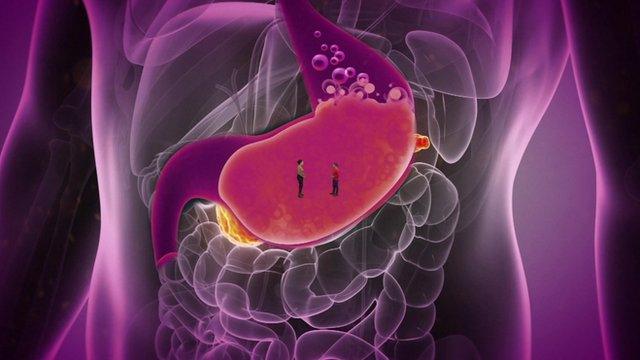Diabetes: What is it and what causes it?
- Published
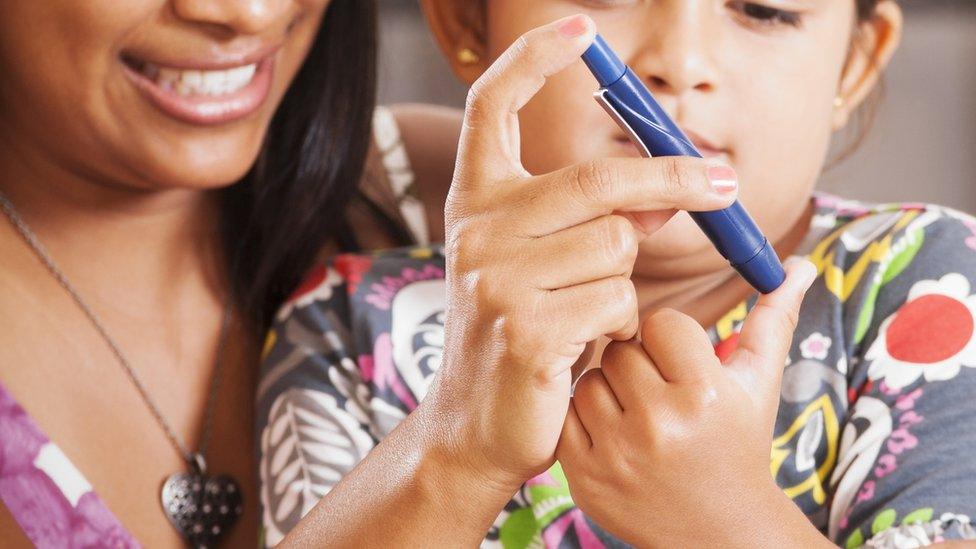
People who have diabetes have to regularly check how much sugar is in their blood
A health charity says cases of type-2 diabetes are rising at a much faster rate than first thought.
Figures from Diabetes UK suggest more than 200-thousand people a year are diagnosed with the type-2 condition in England and Wales.
The news comes after a report in November suggested ten times more children and young people have type-2 in England and Wales than previously thought.
At least 7,000 people under the age of 25 have the condition.
Health campaigners say more needs to be done to tackle childhood obesity which is one of the main causes of the Type-2 disease.
But what is diabetes and what causes it?

What is diabetes?
Diabetes is a condition that causes a person's blood sugar level to become too high.
But it's important to say there are two kinds of diabetes - type-1 diabetes and type-2 diabetes.

What are the differences?
Both types of diabetes are to do with a chemical in the body called insulin.
Insulin is a hormone that is produced by an organ called the pancreas (this is just behind your stomach). It is needed in the body to control how much sugar is in your blood.
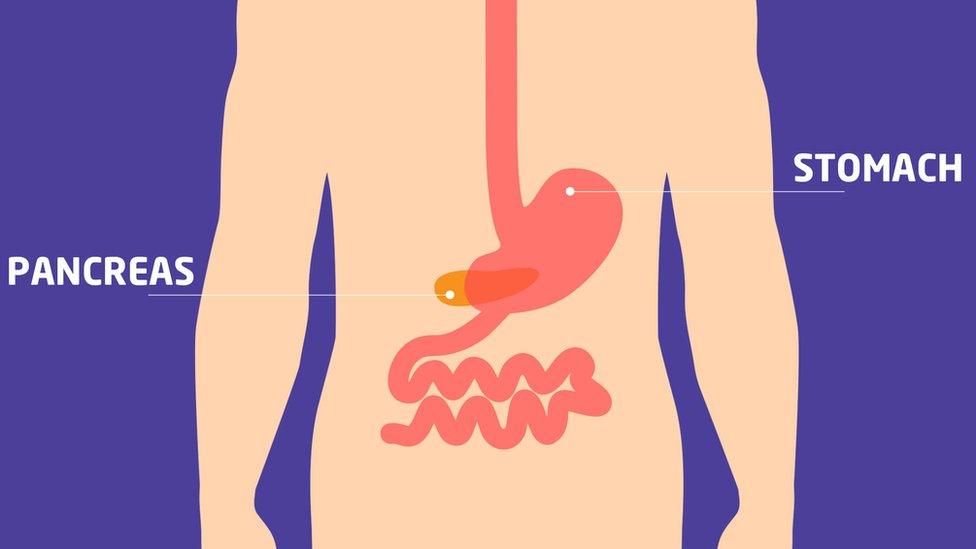
Insulin is a hormone that is produced by an organ called the pancreas, which is just behind your stomach
Type 1 diabetes is when the body attacks and destroys the cells that produce insulin.
Type 2 diabetes is when the body doesn't produce enough insulin, or the body's cells don't react to insulin.
So both kinds of diabetes affect the sugar levels in your blood, but they do it in different ways.
The vast majority of children with diabetes have Type 1 diabetes, but an increasing number are now developing Type 2 diabetes.
Type 2 diabetes is more common than Type 1 among adults. Around 9 in every 10 adults who have diabetes have type 2.
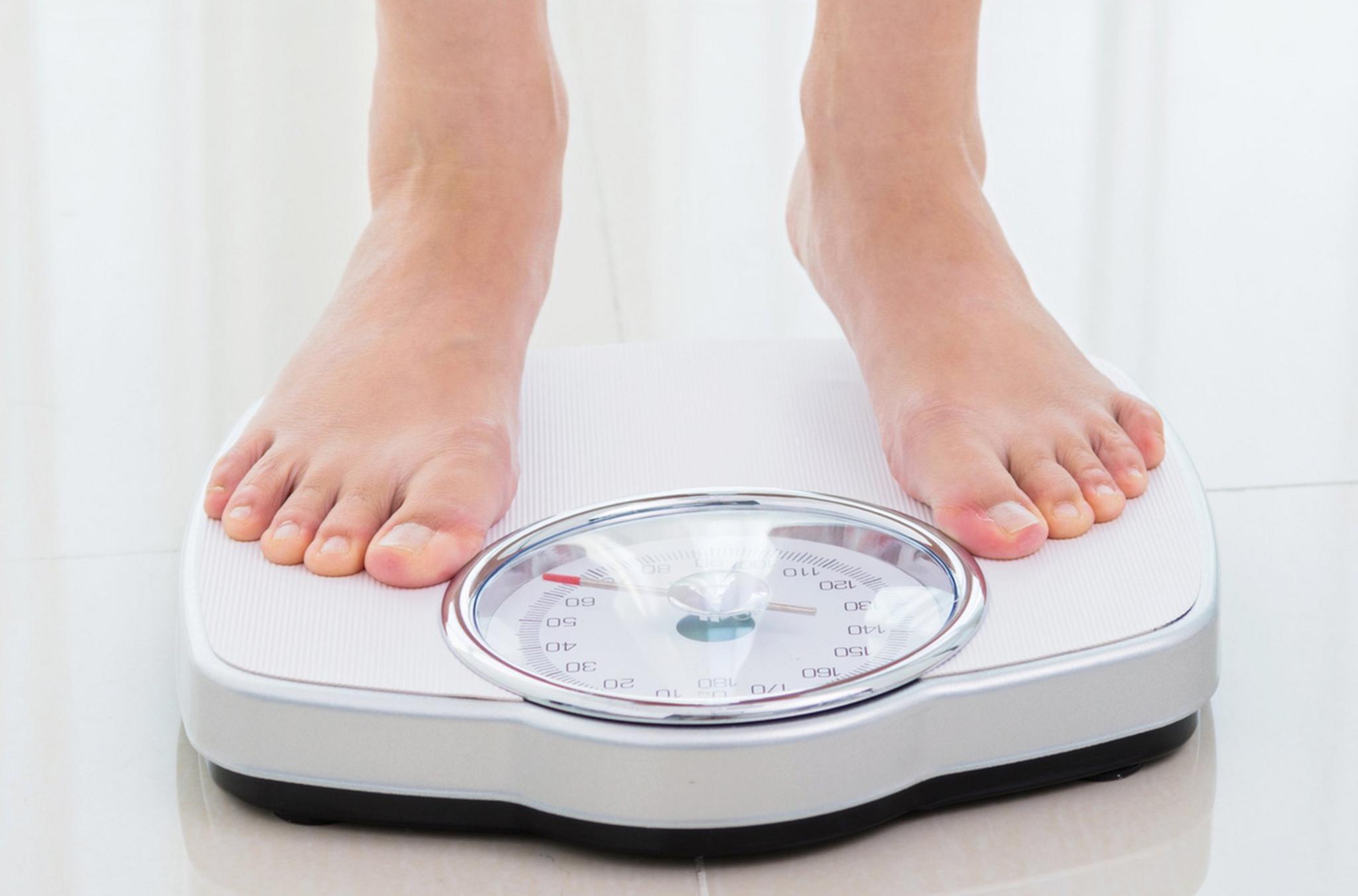
Among adults, type 2 diabetes is more common than type 1. One of the reasons for this is the increased number of people who are overweight or obese
One of the reasons that type 2 is so common is because of increased numbers of people who are overweight or obese.
This is because, over time, obesity can start to cause other health problems, like Type 2 diabetes.
Read on to find out more about the two different types of this condition.

Type 1 - Key facts
Type 1 is a lifelong condition
It is not something you develop over time because of eating habits or diet
If left untreated, it can cause very serious health problems

What happens when someone has Type 1?
It develops when the body attacks and destroys the cells that produce insulin.
Because of this, the body can't use glucose - a type of sugar - to provide energy and so it tries to get it from elsewhere.
The new machine helping Joe live with diabetes
So it starts to break down fat and protein that are stored in other parts of the body instead. This can cause people with Type 1 diabetes to lose a lot of weight and feel unwell.
People who have Type 1 diabetes often complain of needing the toilet a lot or feeling tired and thirsty.

How is Type 1 treated?
Nobody knows for sure why the cells that produce insulin stop working but it can be treated by having regular insulin injections to help the energy get to where it needs to go.

Type 2 - Key facts
Type 2 diabetes is not something you are born with
In most cases, it's caused by eating too many sugary and fatty foods and not doing enough exercise
In a small number of cases, it can be caused by other factors
If left untreated, it can also cause serious health problems and affect how well your heart, eyes and liver work
WATCH: Ricky finds out what causes Type 2 diabetes

What happens when someone has Type 2?
Kierra explains what it's like having Type 2 diabetes
Type 2 diabetes is much more common than Type 1 and accounts for between 85 and 95 per cent of all people with diabetes.
Insulin helps take out the glucose from the food we eat and deliver it to the parts of our body that need it for energy - a bit like a hose pumping fuel into a car.
The insulin helps open the fuel caps in the different cells in our body. But without it, those caps can't open and the glucose just builds up in your blood rather than getting to where it needs to.
As with Type 1 diabetes, it means energy stops getting to the parts of the body that need it and can leave you feeling tired, thirsty and hungry.
Most people don't get Type 2 diabetes because of what they eat until they're at least 40, but it is becoming more common in children and young people.
Some people from certain parts of the world, like south Asia, are more likely to get it than others.

How is Type 2 treated?
How to prevent Type 2 diabetes
When someone is diagnosed, or told they have Type 2 diabetes, they are usually told to make changes to their diet and do more exercise.
That's because Type 2 is caused by a build of so much glucose in the body that it can't cope. So, reducing the amount of fatty and sugary foods and burning more of them up through exercise really helps to reduce the amount in your body.
In some cases people with Type 2 may also be given medicine or extra insulin too.

This guide was compiled with help from charity Diabetes UK and from NHS information.
- Published12 October 2017
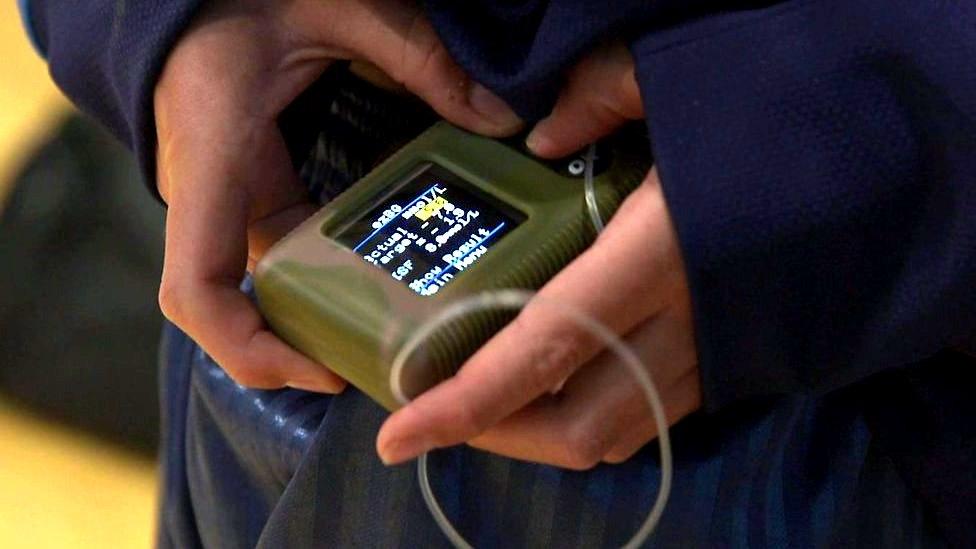
- Published23 March 2015
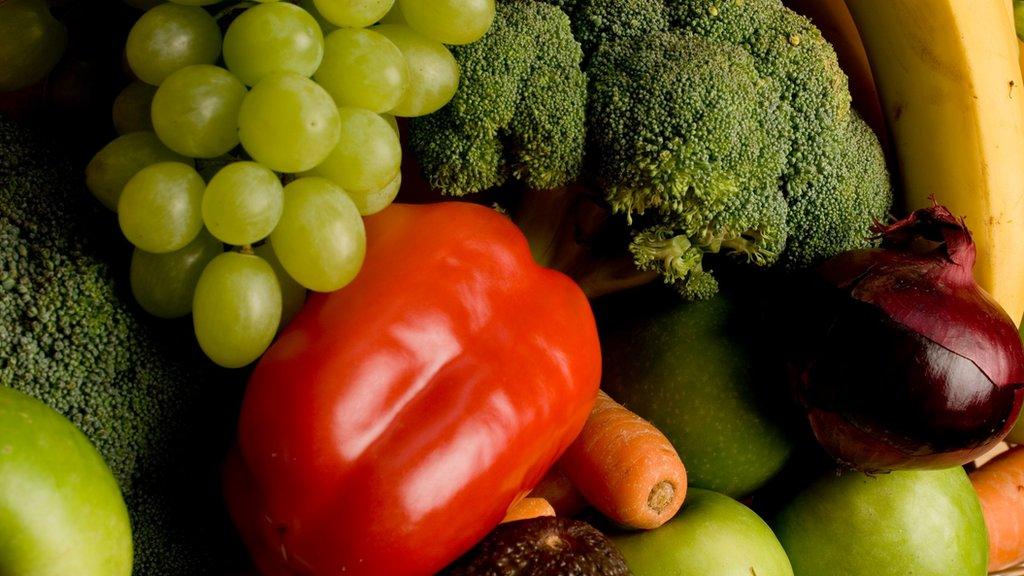
- Published24 March 2015
